It’s fair to say that for many types of fruit trees, the productive season runs from spring to early fall. In the Northern Hemisphere, that period usually falls between March and early October.
This is no coincidence because the constraints are only natural. The plants awaken from dormancy and bloom in spring and then they need some time to set fruit. And all this must happen when there is no risk of frost damage, which we’d have during the cold season of the year.
While this makes a lot of a sense, it also creates a conundrum for those of us who would like to continue to harvest fruits later in fall and winter, i.e. mid and late October, November, December, January and February.
The following list of trees that bear fruit in colder months is meant to help you get past this impasse and give you some ideas to plan your orchard so that can enjoy a fruitful harvest throughout the year.
As you go through the list, please keep a couple of important things in mind:
(i) Harvest Dates Vary by Cultivar
This is less complicated than it might sound. For any given fruit, there are usually many varieties to choose from. For some types of fruit, you are likely to be already familiar with different varieties because they happen to be have brand labels.
Apples are a good example. You have probably heard of different cultivars such as Fuji, Honey Crisp and Granny Smith. (‘Cultivar’ is another way of referring to ‘cultivated’ varieties of fruit trees.)
Cultivars are important to consider because their harvest dates can be far apart, sometimes even months later. Traditionally, they are classified as early season, mid season or late season in relation to the category of fruit they belong to. For instance, early season nectarines may be ready to be harvested in May/June while late season varieties bear ripe fruit in August/September.
(ii) Your Grow Zone Matters
The other factor to consider is whether the vadiety is also suitable for the climate where you intend to grow it.
Cold hardiness is the main consideration and generally correlates with USDA grow zones. Some types of fruit trees can succumb to cold winters or their fruit set may be susceptible to early or late frost.
There are also additional factors that influence viability. Some fruit trees are also sensitive to the degree of humidity or require particularly hot temperatures during the growing season.
Additionally, there can be some limited variability with respect to the harvest periods based on location. As you might expect, it is not exactly the same everywhere. The suggested dates are for the most part based on harvest dates in California. If your grow zone is in a cooler climate, your harvest period may be a couple of weeks later for instance.
1. Apples

Many types of Apple cultivars are ready to be harvested July through September but there are also some varieties that bear ripe fruit in October and into November.
early to late October
Arkansas Black Spur, Belle de Boskoop, Braeburn, King David, Sierra Beauty, Yellow Newton Pippin
mid October to early November
Granny Smith, Pink Lady, Pink Pearl, Rome Beauty, Sundowner, Waltana
*Some of these have high chill hour requirements (800+ chill hours). Please be sure to verify that your grow zone provides enough chill hours for the cultivar you select.
2. Pomegranates

September (mid season, may extend to October/November)
Eversweet, Parfianka, Pink Satin, Red Silk, Wonderful
October (late season, often extends into November)
Ariana, Kashmir, Sharp Velvet
*Pomegranates are a traditional fall fruit. The majority of cultivars produce ripe fruit in September but can hang on to them for much longer.
Pomegranates generally have low chill hour requirements. (100 to 200 chill hours). They do not grow well in humid, tropical climates or in areas with extremely cold winters.
Most cultivars do well in zones 8 – 10. Some cultivars are hardy down to zones 6 and 7.
3. Pecans

early to late October
Pawnee
mid October to mid November
Mohawk, Tejas
early November to late November
Western Schley
mid November to mid December:
Mahan
*Many pecan varieties have a low to moderate chill hour requirement (~ 250 chill hours).
4. Persimmons
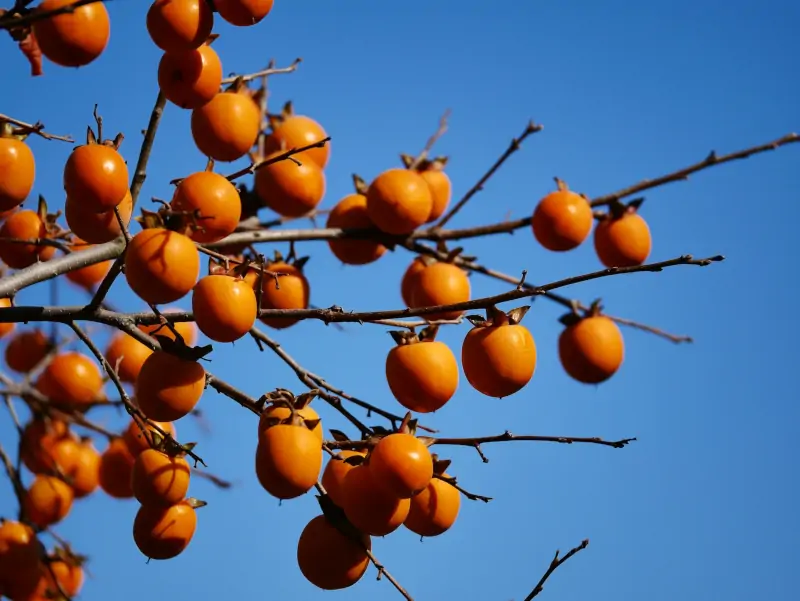
mid to late October
Maru, Giant Fuyu
late October through November
Fuyu, Chocolate
mid November to early December
Saijo, Hachiya, Tamopan
*Persimmons generally have a low chill hour requirement (100 to 200 chill hours). Many varieties are cold hardy down to zone 5.
5. Figs

mid September to mid October
Celestial, Chicago Hardy
*Figs are traditionally associated with the Mediterranean region and the Middle East and many varieties require hot summers and do not grow well in very cold climates. ‘Chicago Hardy’ is the exception as the name implies. It grows well in USDA zones 6 to 10.
If you are in a warm climate like zone 9 or 10, you may prefer more popular varieties like Kadota, Mission or Violette de Bordeaux, which are ready to be harvested sooner in summer and early fall and are also known for superior flavor.
Figs have a low chill hour requirement (~ 100 chill hours).
6. Olives
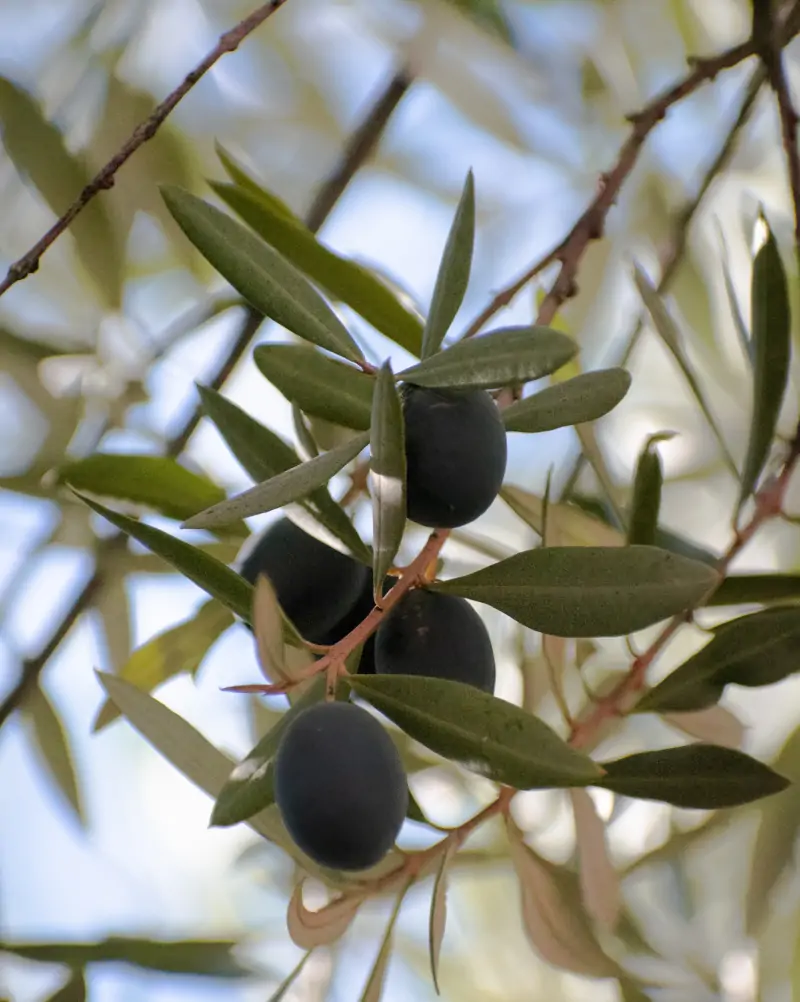
early to mid October
Arbequina, Arbosana, Frantoio, Koroneiki, Manzanillo
mid to late October
Mission, Pendolino
*Olive trees do well in zones 8 – 10. They are sensitive to cold temperature extremes.
7. Kiwis
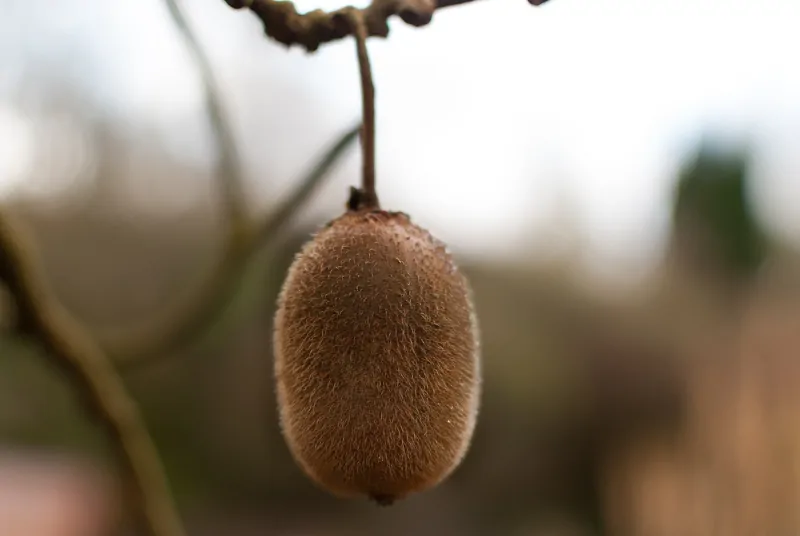
late October to mid November
Hayward
*Hayward is recommended for zones 7 – 9. It requires about 800 chill hours.
8. Pears

late September to mid October
Blake’s Pride, Kieffer, Winter Nelis
*Most pears have a moderate chill hour requirement.
9. Jujubes
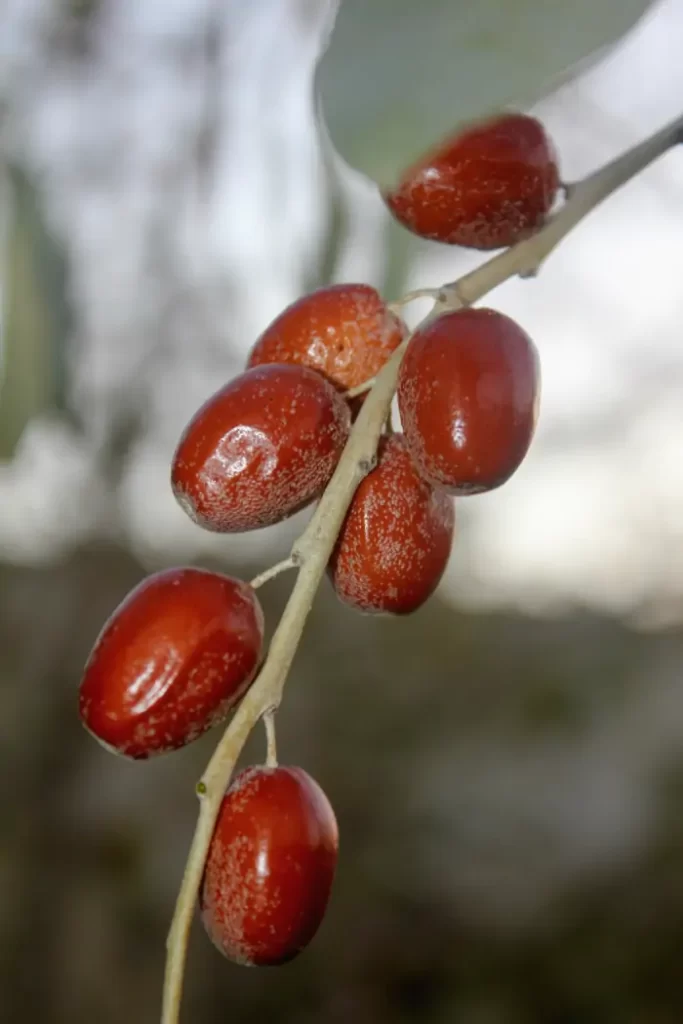
early September to mid October
Lang, Li
mid September to late October
Chico, Honey Jar, Shanxi Li, Sugar Cane
*Jujubes have a low chill hour requirement (100 to 200 chill hours).
10. Walnuts
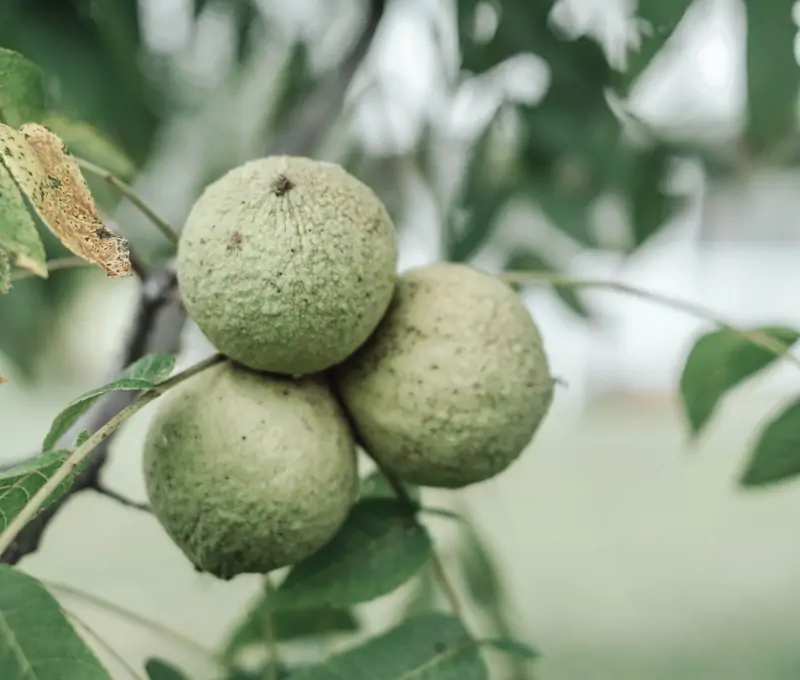
late September to mid October
Carmelo, Chandler, Hartley, Idaho, Livermore Red, Mesa
mid to late October
Franquette
*Many walnut varieties require at least 800 to 1000 chill hours to be productive.
11. Peaches
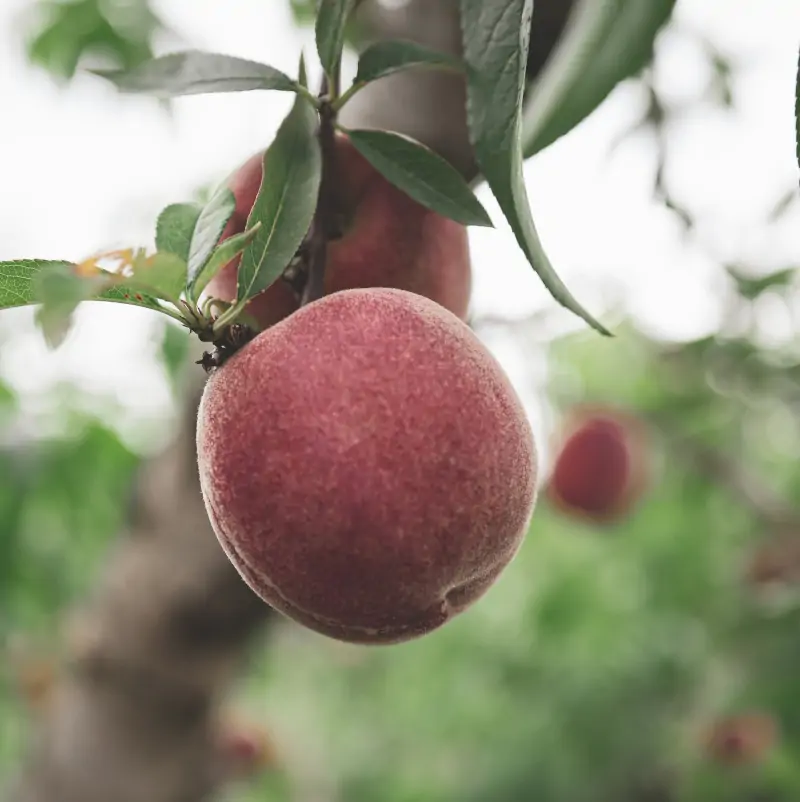
late September to mid October
Carnival, Oktoberfest
*Oktoberfest is a very late season peach and requires ~ 750 chill hours. Most peach varieties are ready to harvest in early and mid summer.
12. Almonds
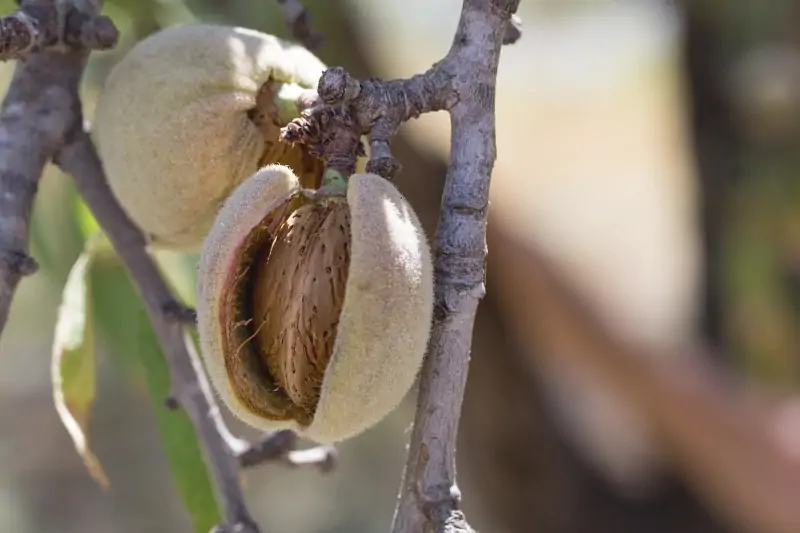
late September to mid October
Mission, All-in-One
early to late October
Garden Prince
*All-in-One is by far the most popular almond variety for home grower. It requires about 500 chill hours and will do well in zones 5 – 9.
13. Quince
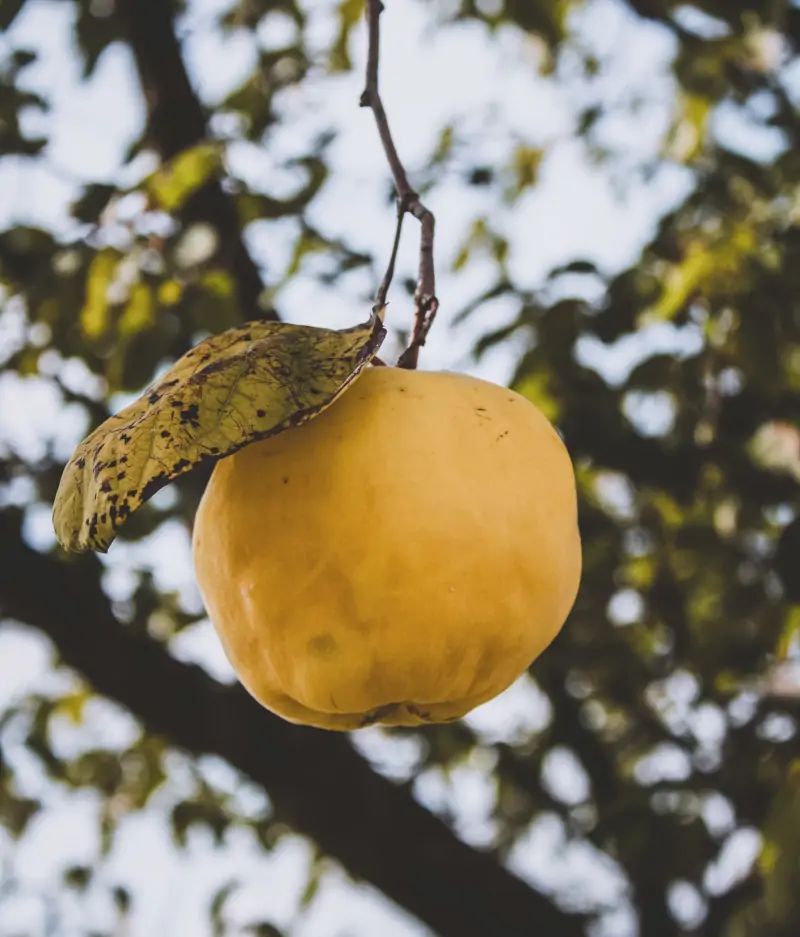
October to mid November
*Quince season is in the fall. In many regions the harvest period starts in October and may extend into November. It takes longer for the fruit to mature in more northern, colder latitudes. As a general rule, you can tell quince is ready to be harvested when the fruit turns to a golden color.
14. Plums
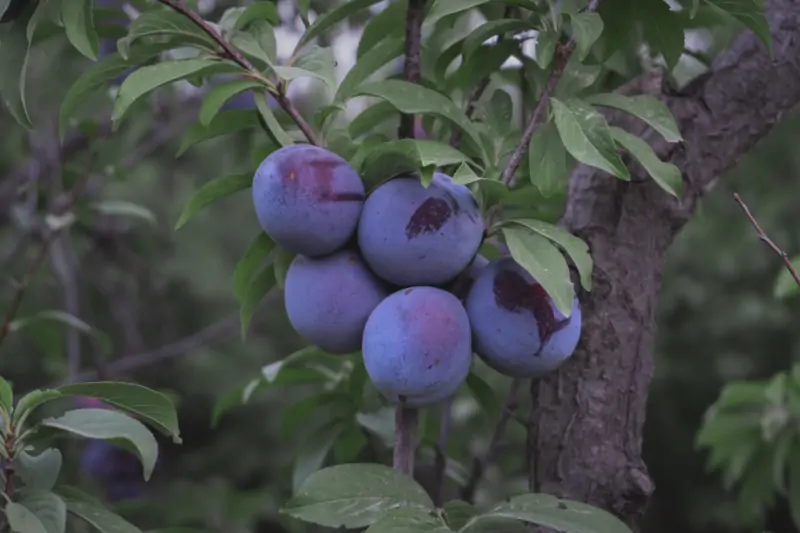
mid August to mid October
Emerald Beaut
*Emerald Beaut is a very late season cultivar and it also stands out for its long harvesting period over two months. Many other plum varieties ripen in June and July and typically hang on to the tree for 2 – 3 weeks.
15. Avocados
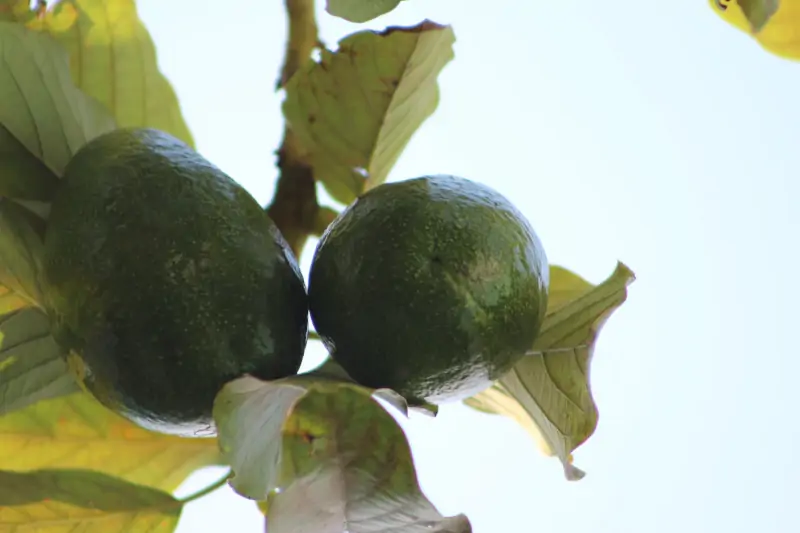
Fall (October, November)
Mexicola, Stewart, Bacon
Winter (December, January, February)
Zutano, Fuerte, Pinkerton
*The above varieties are considered fall and winter avocados and are good to harvest from late October to February.
Ripe avocados can normally hang on to the tree for months, so the harvest period lasts more than just a few weeks.
Additionally, there are other avocado varieties that are ready to be harvested later in the spring and fall, including the popular Hass variety. If you have the weather and the space, you could grow two or three different avocado varieties and be able to harvest avocados throughout the year.
16. Oranges
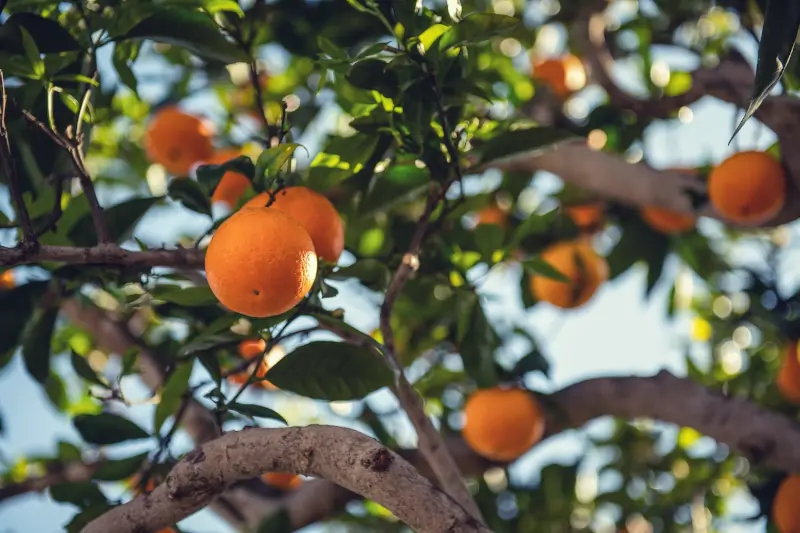
Fall and Winter (November, December, January, February)
Navel Oranges
*Navel oranges are the traditionally ‘winter’ orange. You can plant Valencia oranges for ‘summer’ oranges. Note that oranges, like most citrus, are very sensitive to frost. Recommended grow zones are 9 – 11. If you are in zone 8, you can still try but you will want to use a frost blanket during the winter months or plant in a pot and move it inside during cold weather.
17. Tangerines (Mandarins)
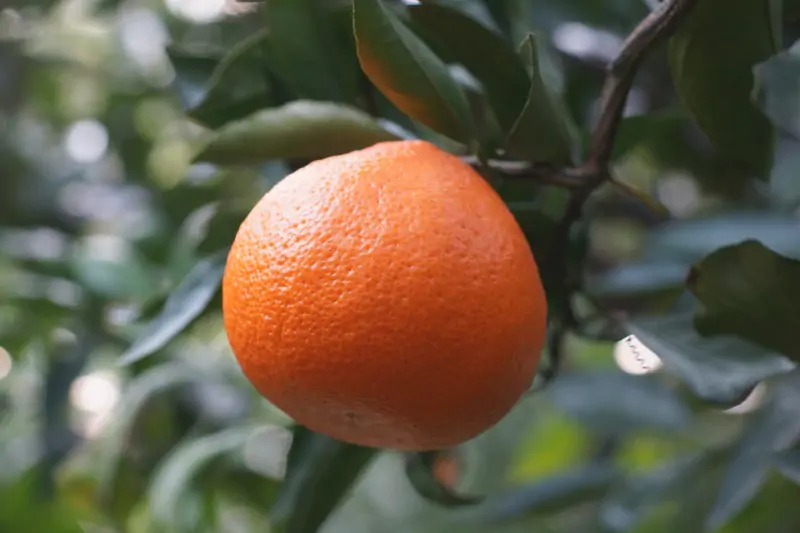
October to November
Satsuma
December to January
Dancy
January to February
Honey
*The terms ‘mandarin’ and ‘tangerine’ are used interviews interchangeably. Given that it is a citrus, mandarin trees are frost sensitive and are only hardy down to zone 9 only.
18. Lemons
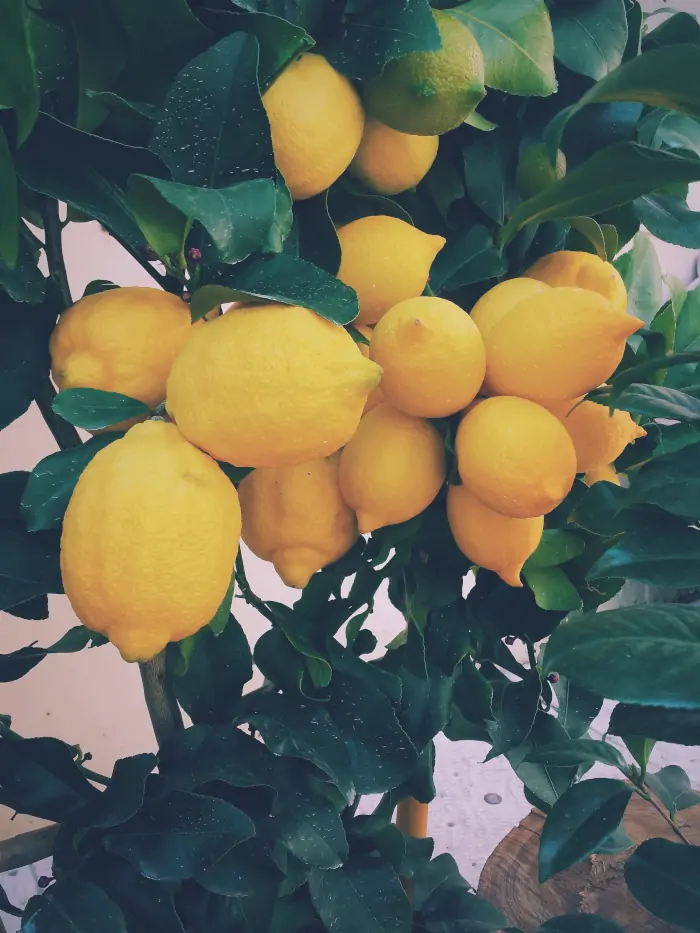
All seasons (fall, winter, spring, summer)
Eureka Lemon
*Standard lemon varieties like Eureka continue to ripen throughout the year. Productivity tends to be highest during the winter months. Zones 9 – 11.
19. Limes

Winter
Bearss Lime
All seasons (fall, winter, spring, summer)
Mexican / Key Lime
*Zones 9 – 11
20. Grapefruit
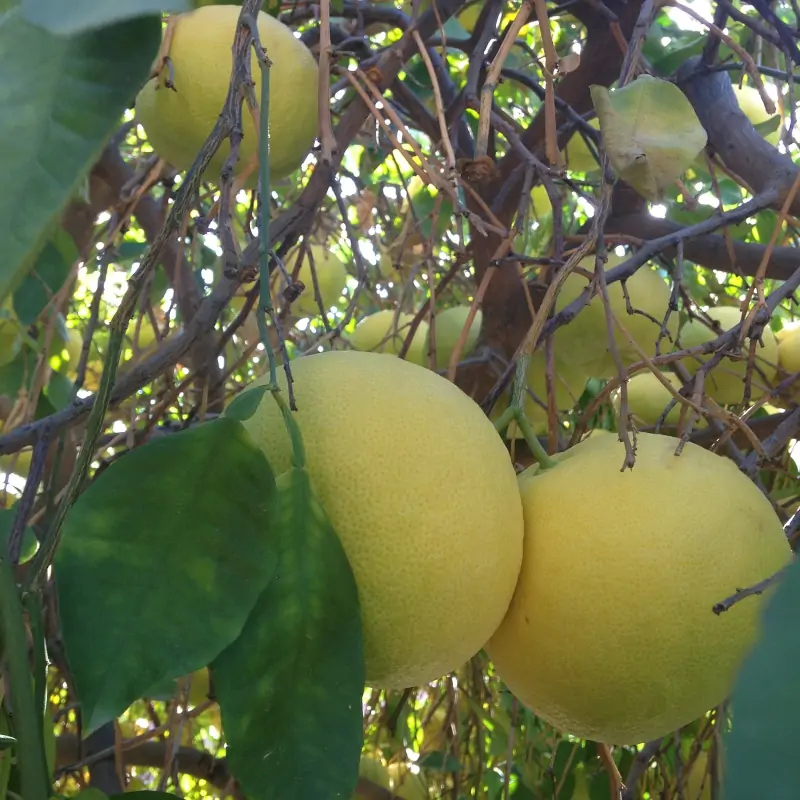
Winter
Rio Red, Star Ruby
*Zones 9 – 11
21. Kumquat
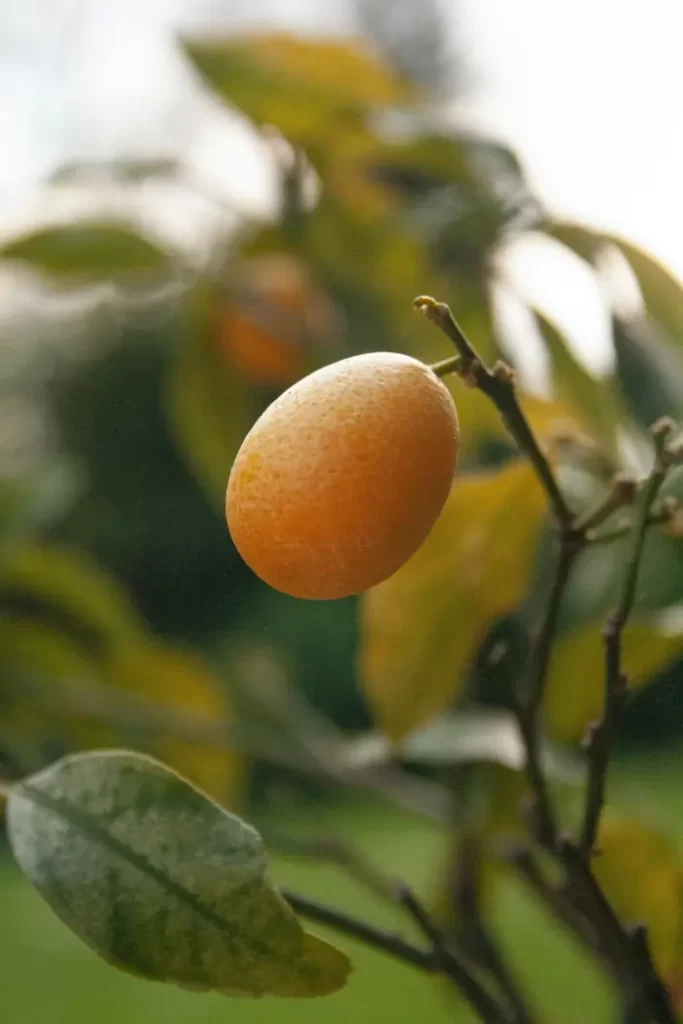
Winter
Nagami, Meiwa
*Zones 9 – 11

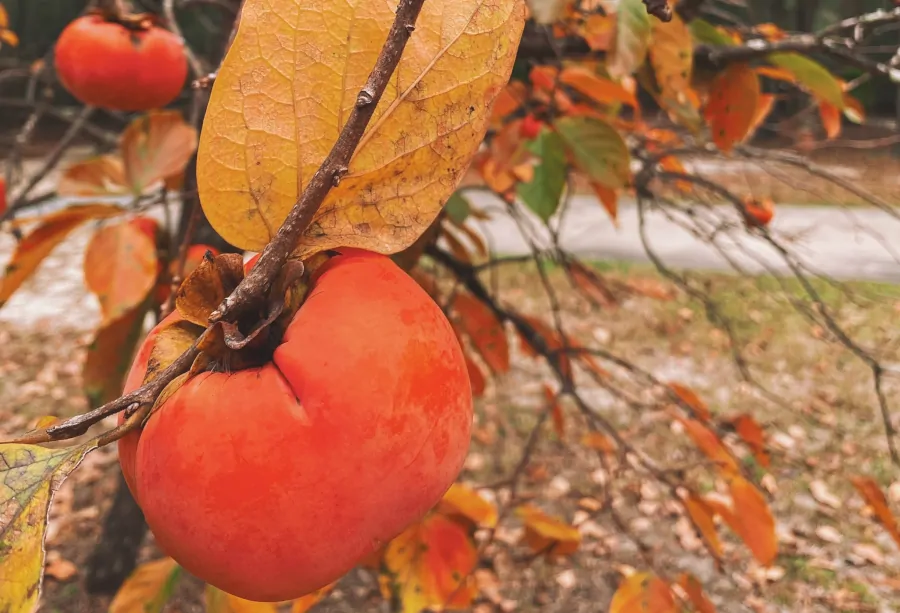
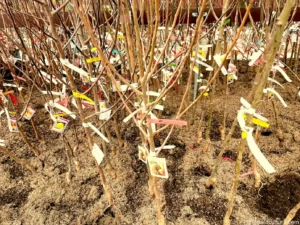
![Read more about the article Babcock Peach – Profile and Review [Photos]](https://orchardculture.com/wp-content/uploads/2023/08/peach-tree-branch-2-300x200.webp)
